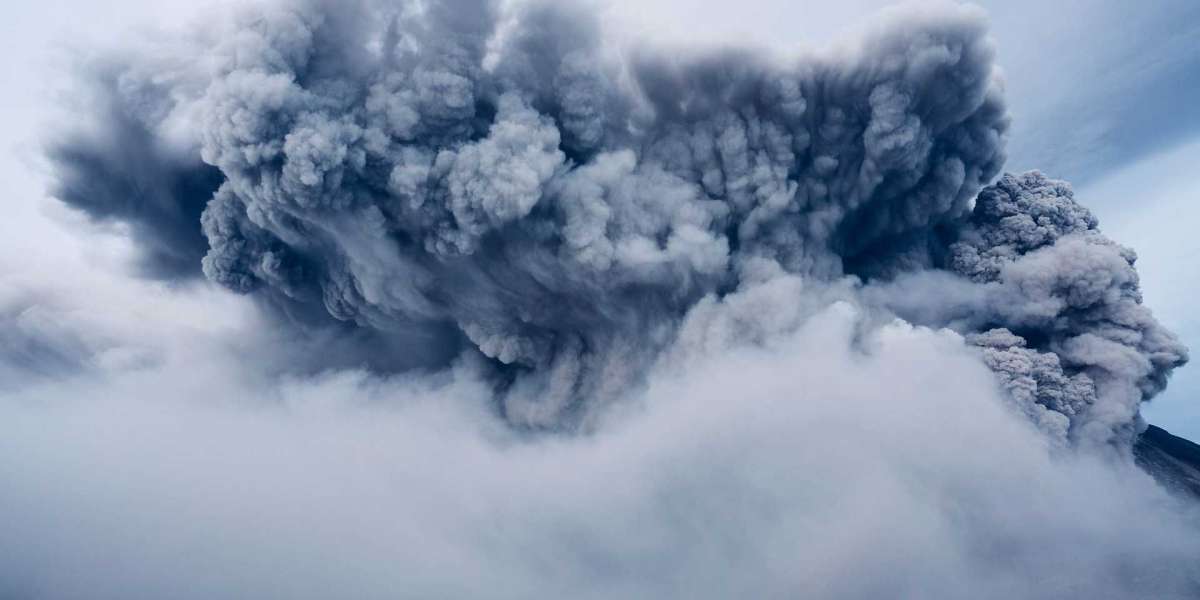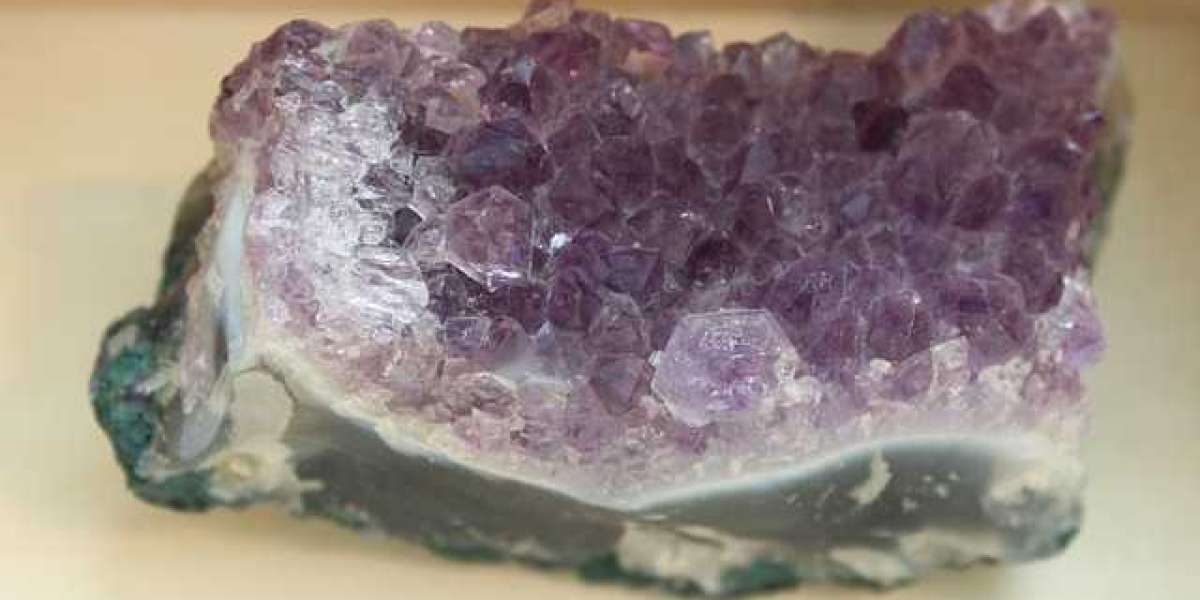Mount Tambora (Indonesia) erupted in April 1815. As a result of all the sulfur dioxide it released into the sky, many portions of the world experienced what has come to be known as the "Year without a summer." Hunga Tonga-Hunga Ha'apai, an underwater volcano in the South Pacific, was awakened on January 15 and it was expected to have a similar effect. What impact might it have on global warming? Not as much as previously anticipated, according to a recent study published in the journal Advances in Atmospheric Sciences, but the scientists add some crucial qualifiers to their findings.
Sulfur dioxide ejected during particularly intense eruptions is pumped into the atmosphere.
Sulfate aerosols are formed as a result of this oxidation process, which lasts for a year or two. A "screen" effect is created during this time, which limits the amount of solar energy reaching Earth. Temperatures across the tropics and northern hemisphere plummeted by an average of 0.4 to 0.8 °C during the brief episode of global cold that happened half a century ago.
Global surface air temperature is expected to drop by between 0.03 and 0.1°C over the next one to two years, according to early projections from the Tonga volcano. Sulfur dioxide emissions from the Tambora eruption were from 53-58 terrograms (Tg). Although the volcanic ash from the Tonga eruption reached a height of 30 kilometers in the stratosphere, satellite measurements showed that its mass was only about 0.4 Tg. The consequences would also be less severe if there were other causes at play.
According to Tianjun Zhou, from the Institute of Atmospheric Physics at the Chinese Academy of Sciences, "this initial estimate may have overestimated the impact because it did not take into account where the eruption occurred, which alters the spatial distribution of stratospheric sulfate aerosols." Volcanic emissions from southern hemisphere eruptions are limited to the southern and tropical hemispheres, with little impact on northerly hemispheric regions." A weaker global cooling is caused by this than by tropical and northern hemispheric volcanoes."
modeling southern hemisphere eruptions
Tonga's undersea volcano's submarine eruption was the most difficult for the researchers to account for in terms of latitude, because of the rarity of such events in the south. According to these simulations, big southern eruptions in recent millennia were a good reference point. Volcanic eruption intensity and global mean surface temperature response were found to have a strong association, based on a study of 70 eruptions during the past millennium.
Amounts of sulfur dioxide released by Mount Pinatubo in 1991 were then modeled for six other significant tropical eruptions, and their surface temperature response was scaled in accordance with the eruption's strength. We may conclude that the models are true because the simulation results were quite close to what transpired.
The next phase was to simulate the Tonga eruption, which injected 0.4 Tg of sulfur dioxide into the stratosphere. As predicted by the climate system, the global average surface temperature is expected to decline by only 0.04 °C in the first year of this century. The long-term trend of global warming will be too great for the eruption to overcome it.
the sound of impending doom
There haven't been any other eruptions like the one that occurred on January 15 since then, but if it erupts again, it might alter the landscape, say the experts. In the recent century, the Tonga volcano has erupted numerous times. As Professor Zhou put it, "We must continue to monitor activities throughout time."



